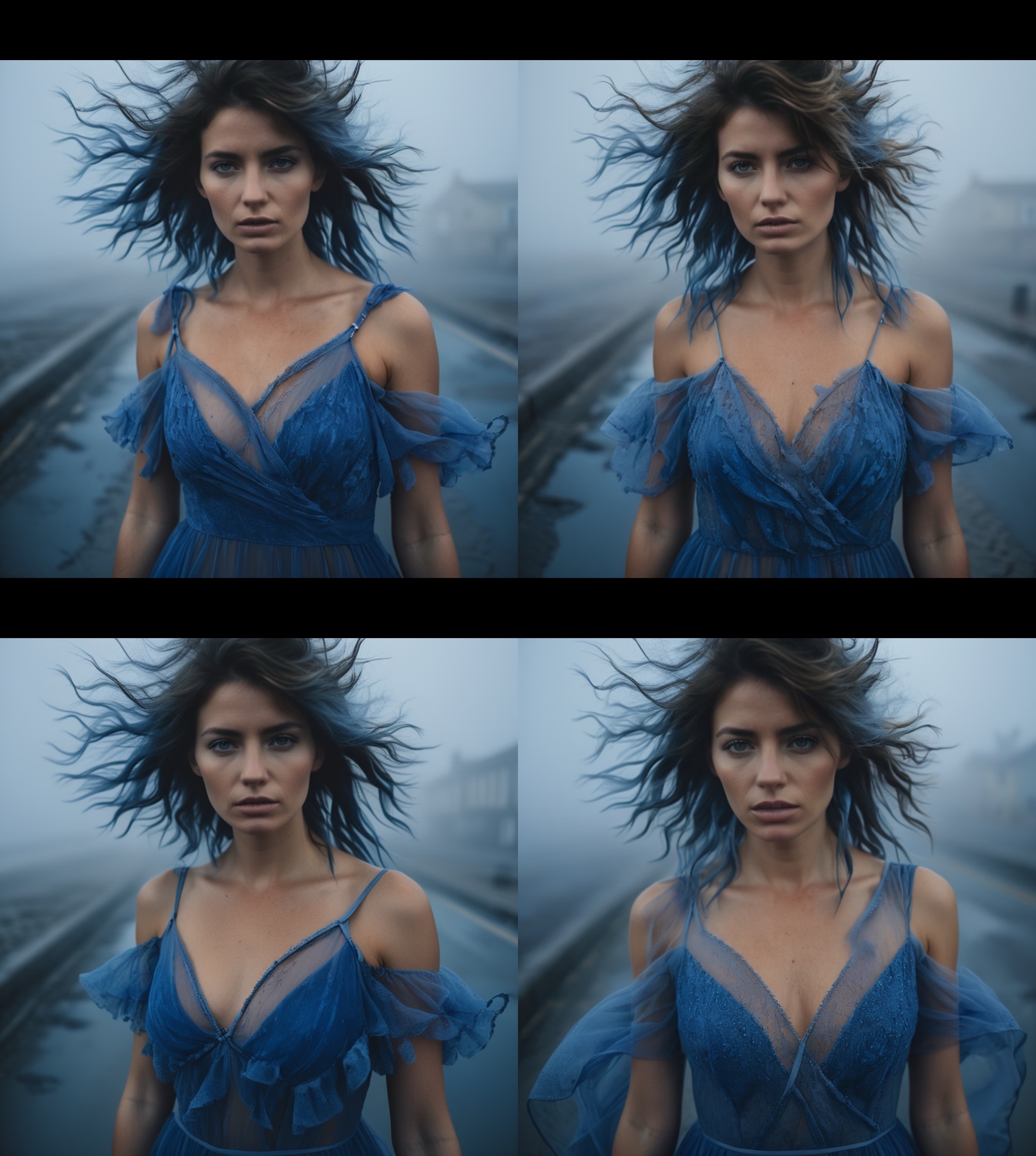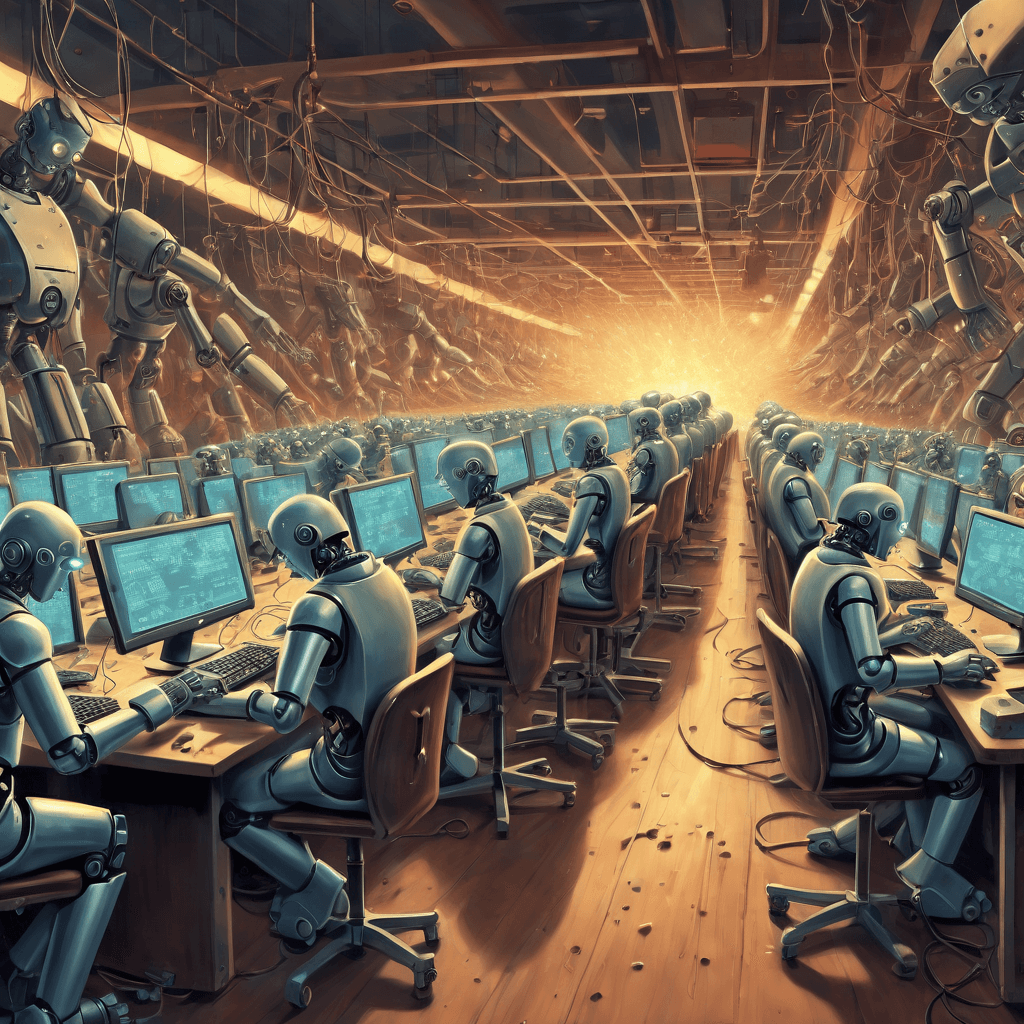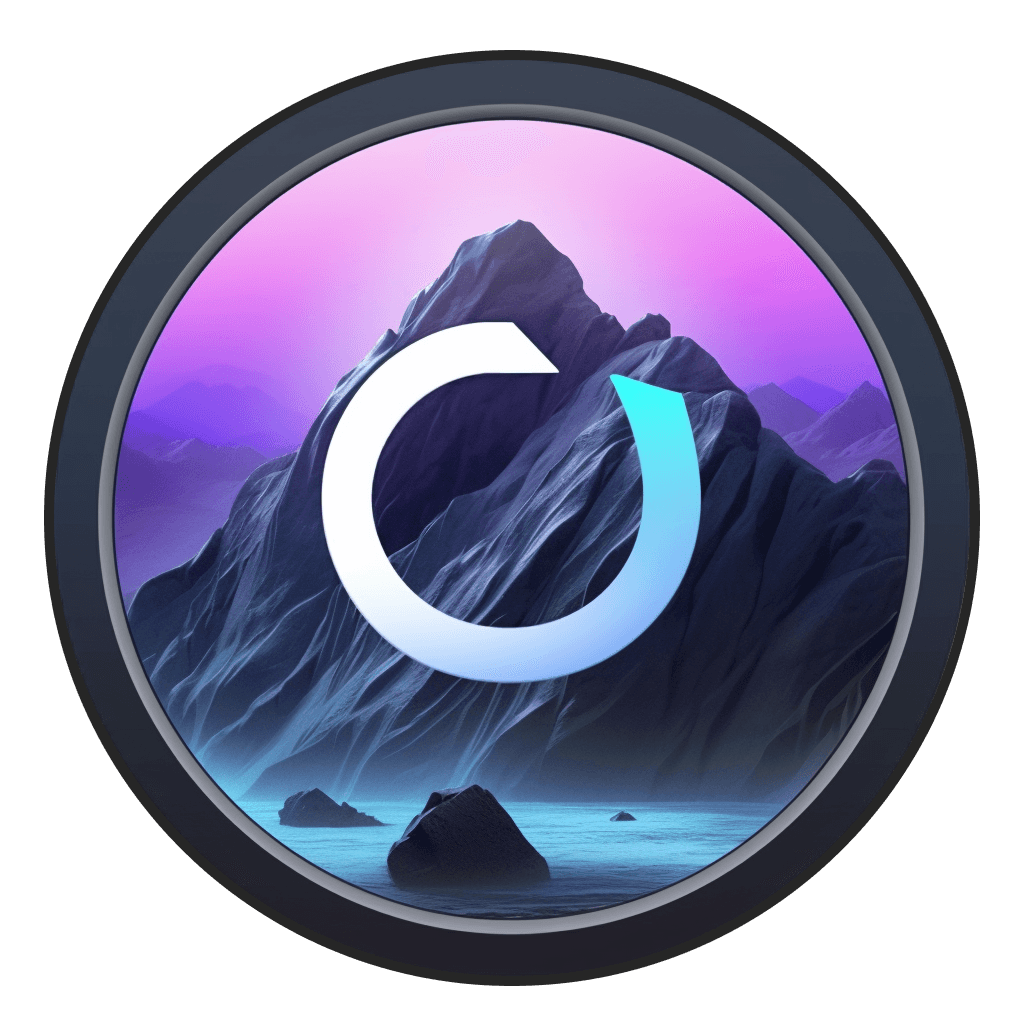Oct 11, 2024
|
10
min read
Writing AI art prompts can be intimidating. Write a great prompt and you’ll find yourself amazed by what image generators can produce. But write a bad prompt and you’ll be increasingly disappointed and think this whole AI thing is “just a fad.”
We have to caution you, though. After reading this post, you’re not going to be an expert on prompt writing. Instead, you’re going to know how to use the significant amount of resources that are available online to find prompts that work, change the prompts to suit your needs, and generate something remarkable.
Our goal here is practicality - and we think that like any great artist, one of the steps that comes before mastery is, well, copying.
Prompt basics
At a very basic level, your prompt will have two components to it. The first half of your prompt should include:
Type of image
+
Subject
+
Description of the subject
+
Details about the scene
Are you looking for a painting, a photograph, a 3D animation or something really specific? Then, think about what you want your image to include. If you’re generating an image of a person, what should they look like? What do you want them wearing? Where are they?
The first part is the person, place, or thing of a prompt and will dictate to the model what it is it’s supposed to be generating.
The second half of your prompt contains the “special sauce” that makes Stable Diffusion shine:
Style of the image
+
Prompt descriptors
The style of the image will dictate how the image is being generated. Do you want a realistic photograph or an illustration? Are you looking for a cartoon or an image to replicate the style of an existing artist?
Prompt descriptors are all the extras you throw into a prompt to make sure the model adheres to your final vision. If you’re generating a realistic photograph, as an example, you might add “35mm” or “UHD” for ultra HD. “Incredible detail” is always useful, as is “high quality.”
The combinations and range of things you can add here is pretty overwhelming. So we’re going to share the single most important tip for making prompting simpler: use the internet.
Prompt engineering has become an entire industry and with it, there are now hundreds of sites purporting to be prompt experts. Here are a few of our favorite resources we use for constructing our prompts:
Prompt Hero - PromptHero is a great tool for searching for a subject matter, sorting through images, and finding one with a prompt you like. You can then copy that prompt directly and paste it onto the Odyssey canvas and refine from there. Whenever we’re looking for inspiration to get started, we generally start with PromptHero
CivitAI - while CivitAI is primarily a place to download custom models, if you’re using a specific model, they have great example images that show what’s possible when you prompt it correctly. The people who use CivitAI are some of the most advanced, skilled AI art creators out there - so some of the tips and tricks they leverage for prompting are pretty incredible. We often just copy a prompt from CivitAI and then refine from there
Midjourney’s Community Showcase - MidJourney is a different model than Stable Diffusion and therefore has a different prompting language. But the cool thing about Midjourney is that images that are generated in their public Discord are added to their community page. This means there's a ton of inspiration - and it’s relatively straightforward to take a Midjourney prompt and convert it to a Stable Diffusion one
There are also a few comprehensive lists that showcase what’s possible with different artists:
Stable Diffusion Artists Catalog - this list contains over 3k artists with an example image for a character, a landscape, a house, and a city
SD1.5 artist study - this incredible google sheet catalogs every artist that’s included in SD1.5 as well as the type of image tags that are associated with the artist
Negative prompts
We’ve seen different schools of thought on how to construct negative prompts. There are some folks who use the same negative prompt for everything (with slight variations) while others focus on only constructing negative prompts that target specific issues when an image is generated.
We fall into the lazy camp and generally just copy the same negative prompt into everything. Here are a few we tend to use:
(deformed iris, deformed pupils, semi-realistic, cgi, 3d, render, sketch, cartoon, drawing, anime), text, cropped, out of frame, worst quality, low quality, jpeg artifacts, ugly, duplicate, morbid, mutilated, extra fingers, mutated hands, poorly drawn hands, poorly drawn face, mutation, deformed, blurry, dehydrated, bad anatomy, bad proportions, extra limbs, cloned face, disfigured, gross proportions, malformed limbs, missing arms, missing legs, extra arms, extra legs, fused fingers, too many fingers, long neck
or:
ugly, tiling, poorly drawn hands, poorly drawn feet, poorly drawn face, out of frame, extra limbs, body out of frame, blurry, bad anatomy, blurred, watermark, grainy, signature, cut off, draft, closed eyes, text, logo
And when we're looking for realism:
cartoon, 3d, bad art, blurry, pixelated, ugly, tiling, close up, blurry, sketch, lackluster, weird objects, text, watermark, grainy, strange colors, text, text in bottom of frame
Prompt Weighting
Once you have a baseline prompt established that you’re happy with, it’s time to refine it to better achieve the image effect you’re after. With Odyssey, this is possible through prompt weighting.
Prompt weighting is the act of giving certain terms within your prompt more or less emphasize to dictate how much the generated image includes.
In Odyssey, prompt weighting can be achieved with the following formats:
(Insert phrase here:XX) where numbers can be between 0 and 2
(Phrase)
((Phrase)) for extra emphasis
(((Phrase))) for extra extra emphasis
To add a negative weight, simply follow the same format but with [square brackets.]
Let’s look at how prompt weighting impacts the results of the below prompt by changing which term we’re weighting:

beautiful woman standing on a foggy pavement, wearing a blue dress, messy hair, in the style of yigal ozeri, video, beach portraits, kaethe butcher, close up, michael malm, soft hues, 35mm, incredible detail, Leica camera
How to become a prompting expert
Like any craft, prompting requires practice. But more than practice, it also requires a keen eye for detail and lots, and lots of trial and error.
When you start finding a rhythm, or an approach that works, document it! We have a giant spreadsheet of prompts that we’ve found work well and help us pick and choose certain elements to form a prompt that works.

